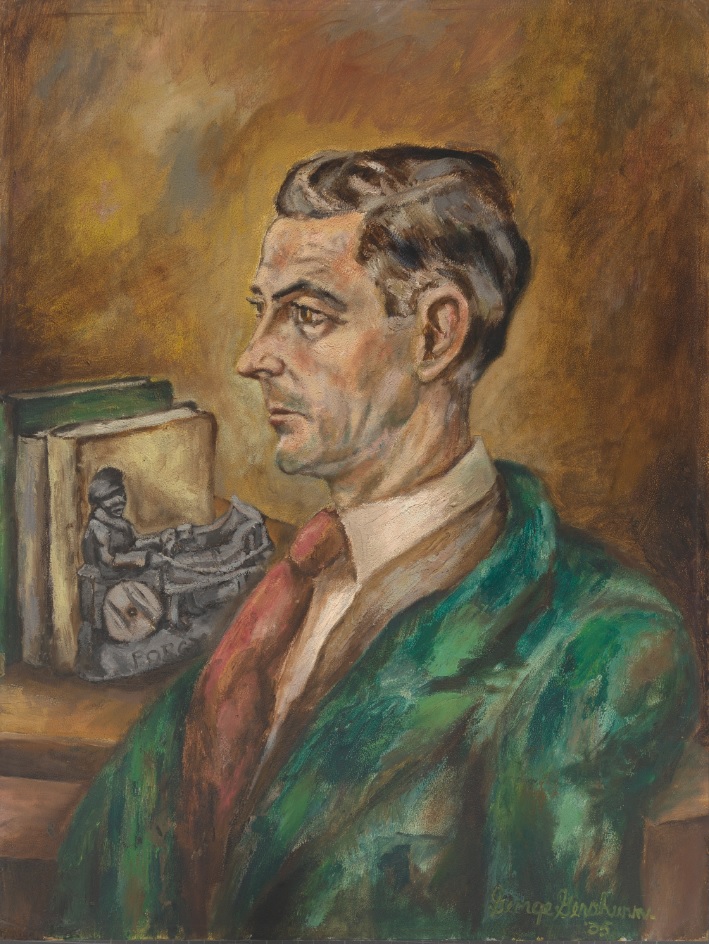Summertime and…Gershwin was a Painter?

This post first appeared June 21, 2017.
“Summertime and the livin’ is easy…”—the lyrics that warmly usher in summer rest and relaxation. With famous renditions of the lullaby by the likes of Ella Fitzgerald and Louis Armstrong, Janis Joplin, and Miles Davis to name a few, there is much to be learned of the song’s origins in American literature and theatre.
In 1925, DuBose Heyward published the novel Porgy depicting poor African-American life in Charleston, South Carolina where Heyward was born and raised. The novel was well-received and in 1927 Heyward and his wife Dorothy produced the novel as a play, earning recognition for the first major play with an African-American cast. Heyward went on to collaborate with composer George Gershwin and lyricist Ira Gershwin to create the 1935 opera Porgy and Bess in which Summertime is sung in the first act and then several times throughout. While undeniably important to the development of American opera and theatre, the opera is controversial for its representation of African-American culture.
In 1934, Gershwin traveled to Folly Island, South Carolina—near Charleston—to listen to the local people as research for his composition. As a result of his travels, he became interested in spirituals, claiming to have written his own for the so-called folk opera. His compositions blend elements of jazz, spirituals, and local South Carolina style. In 1959, Porgy and Bess was released as a movie, enabling the song to reach an even larger audience. It exists now as one of the most covered songs of all time, each artist imparting upon it a different meaning.
Pictured above is George Gershwin’s 1935 portrait of DuBose Heyward. In the background sits a bookend of Porgy driving his goat-led wagon—an ode to their collaboration. It is lesser known that George Gershwin was not only a composer, but a talented artist, too. He began painting in 1927 with inspiration from his brother Ira and their cousin, artist Henry Botkin. Gershwin painted mainly portraits and his artistic talents flourished until his untimely death in 1937. After his death, Ira Gershwin wrote a letter to Heyward describing the trio’s collaboration on the historically influential opera as “exciting and thrilling”. He also expressed his late brother’s respect and “deep affection” for Heyward. In fact, neither DuBose Heyward nor George Gershwin would live to see the height of popularity for Porgy and Bess or Summertime, one of Gershwin’s most popular compositions.